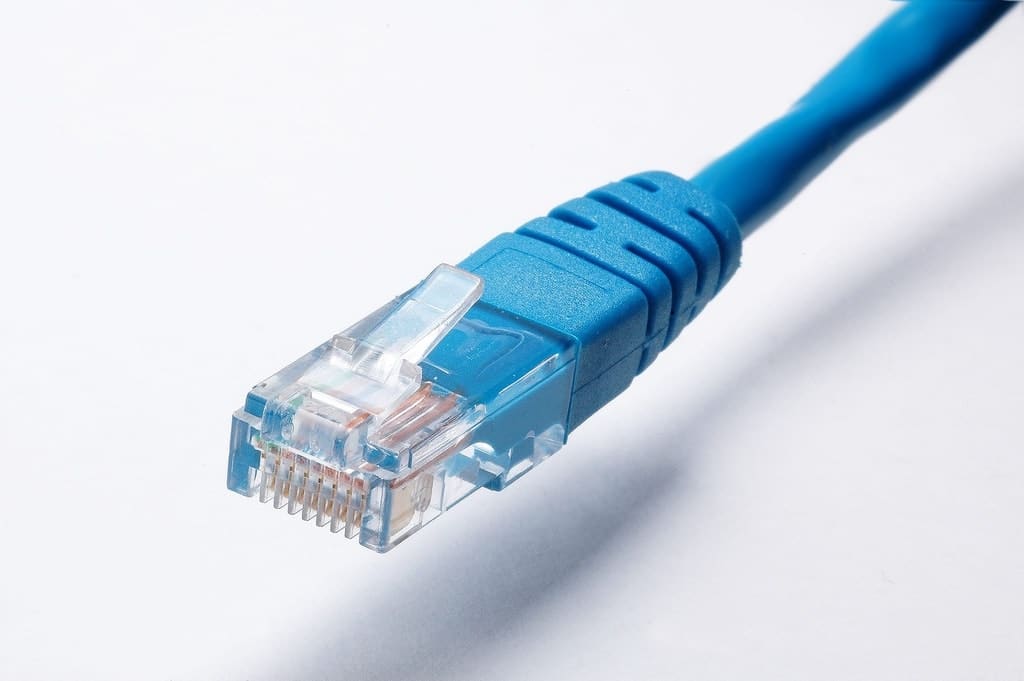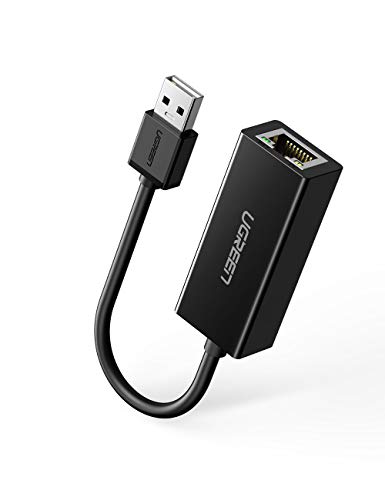Office or home networks typically rely on Wi-Fi connectivity to transfer data across the physical space. But there’s another way you can efficiently move data back and forth—the Ethernet cable.
Ethernet cables connect computers and other network devices within a local area network (LAN). They carry broadband signals between your router, modem, and computer, as well as other wired internet-ready devices.
But with the availability of Wi-Fi, does Ethernet offer any advantages? Some would say it does because Ethernet networks are unaffected by factors like distance from the router, weather, etc., unlike Wi-Fi networks. In simple terms, Ethernet networks offer a more reliable and faster internet experience.
Read on to know more about the types of Ethernet cables, how they function, and how to connect them.
Table of Contents
How do Ethernet Cables work?
This section will discuss the various types of cables and other physical aspects of Ethernet cables.
What do Ethernet Cables look like?

Ethernet cables bear a resemblance to traditional landline phone cables. They are, however, thicker, have more wires and plug into Ethernet ports. These ports are usually located on the side of a laptop or the back of a desktop computer.
Types of Ethernet cables
Ethernet cables are manufactured in two primary forms—Solid Ethernet cables and Stranded Ethernet cables. The solid cables offer superior performance and better protection against electrical interference and are suitable for large networks.
On the other hand, Stranded cables are less prone to physical damage and are more suitable for travelers or home network setups.
The two forms of Ethernet cables are further divided into three main types:
- Category 5 (CAT5): Category 5 cables or CAT5 cables are fifth-generation Ethernet network cables. They support speeds of up to 100Mbps. Although CAT5s are typically considered outdated these days, they remain the standard choice for most individual users.
- Category 6 (CAT6): The sixth-generation CAT6 Ethernet cable can support up to a gigabit or 1000Mbps of internet speed. They are more suitable for extensive networks.
- Category 7 (CAT7): CAT7 cables are significantly more durable than the previous generation cables and have a longer lifespan. They also offer superior protection against network interferences and are most suitable for large-scale networks.
| Category | Max Transmission Speed (At 100 Meters) | Max Bandwidth |
| Cat 5 | 10/100 Mbps | 100 MHz |
| Cat 6 | 1000 Mbps / 1 Gbps | >250 MHz |
| Cat 7 | 10000 Mbps / 10 Gbps | 600 MHz |
How to Connect and Create Network Connection on Your Laptop?
- Follow the instruction manual and set up the networking hub or device. Turn the power on.
- Connect the Ethernet cable to your Windows 10 computer through the Ethernet port.
Once you’ve plugged in your Ethernet cable, Windows automatically detects the presence of a network adapter and installs device drivers. It also automatically creates and configures a network connection to support basic networking protocols.
Additionally, a HomeGroup can be set up to share devices and libraries with the network using the following steps:
- Search for HomeGroup and open.
- If there are no existing HomeGroups, click on Create a HomeGroup
- In the next window, click on Next upon which, Share with other HomeGroup members window will appear
- The next step is to find the folders or devices you want to share. Then, select Shared on the box next to the folders and click Next
HomeGroup is available in Windows 7, Windows 8.1, and Windows RT 8.1. HomeGroup has been removed from Windows 10 (Version 1803).
Remember to enable network discovery if you want to access the other computers on your new Ethernet network. Along with this, you can also allow sharing of printers and files as well as specific folders.
You can also use these steps to turn on sharing of files, printers, and network discovery:
- Go to Control Panel>Network and Sharing Center
- Select Change Advanced Sharing Settings from the left menu
- The next step is to turn both the file and printer sharing and network discovery options on
- Save changes, and you’re ready to go
For sharing particular files and folders, open the File Explorer on your Windows 10 laptop.
Browse through the list and locate the folder you wish to share with the network, and right-click on it.
From the options that appear, click on Share with. From the list, choose the user you wish to share the folder with.
Next, you have to set the level for each group or use, with the help of the arrow that appears under Permission Level.
Click Share to grant access to the selected users.
In case your preferred user or group is not listed, type the username and then click on Add.
To check if your network is correctly set up, try exploring the shared folders on each computer. Then, you can repeat the steps and reconfigure the settings in case there are any problems.
After verifying that your home network has been established properly, you can safely enable Internet connections.
Connecting an Ethernet cable to a laptop without an Ethernet port
While most computer manufacturers provide standard RJ45 Ethernet ports, a few ultra-modern laptops come without such ports. In situations like this, Ethernet adapters can come in handy.
The Ethernet adapter uses your laptop’s USB-A or USB-C port to establish a connection. The process is simple. Plug the Ethernet adapter into your laptop’s USB port and the Ethernet cable on the other end of the adapter.
Prices pulled from the Amazon Product Advertising API on:
Product prices and availability are accurate as of the date/time indicated and are subject to change. Any price and availability information displayed on [relevant Amazon Site(s), as applicable] at the time of purchase will apply to the purchase of this product.
The operating system will automatically recognize all drivers and configure the settings.
Most Ethernet adapters are convenient because they are small enough to carry anywhere.
Conclusion
Like any other cable, Ethernet cables have their own limitations. However, hardwiring your computer with Ethernet cables can significantly improve your device in terms of speed. The higher speed is especially beneficial if you are a frequent gamer or download and stream files regularly.
Another reason why we prefer Ethernet is security. Unlike Wi-Fi systems, you can only access data transferred over the Ethernet on the specific network.
So despite various wireless technological advances, Ethernet cables have remained a significant component of computer networks. Wired Ethernet networks are simply more reliable, and factors like dropped signals and lower speeds are no cause for concern.





Be the first to comment